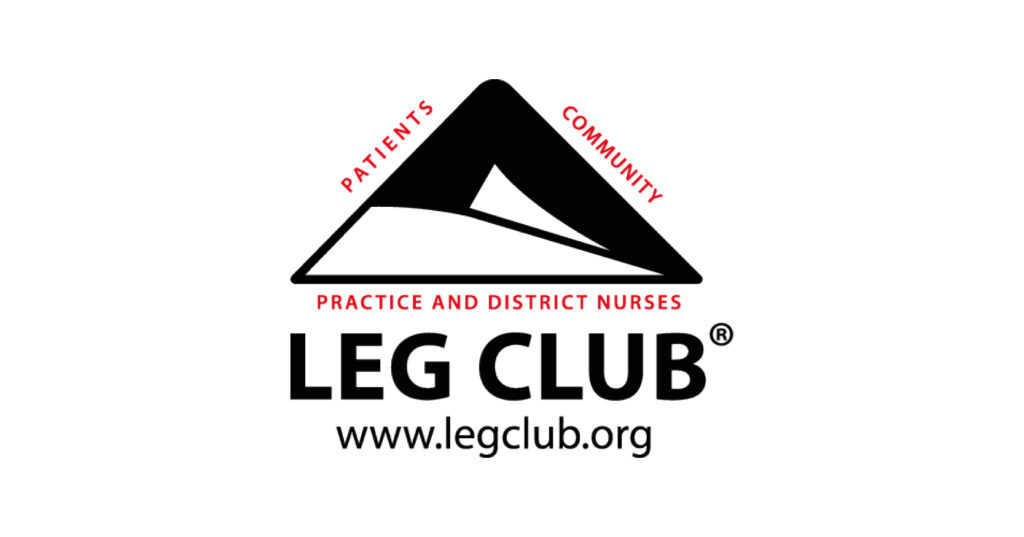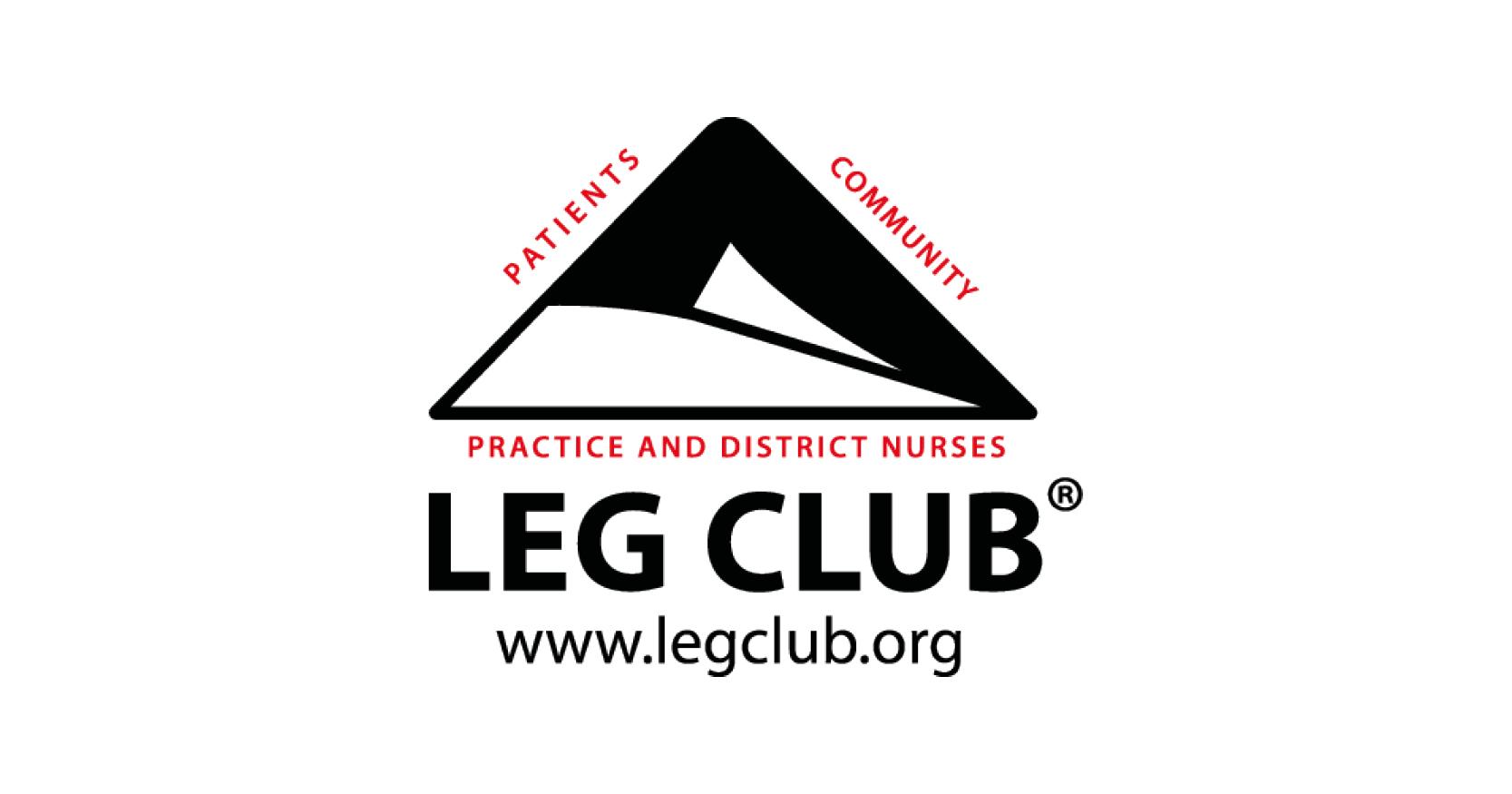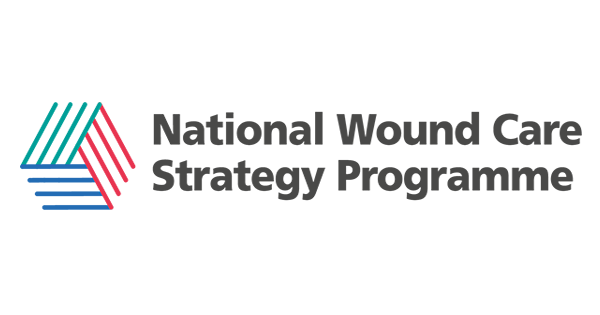As a policy and communications consultant, part of my job requires me to listen and understand the experiences of people from a variety of backgrounds — healthcare providers across primary, community and secondary care, patients and carers, policy makers, government, and industry. A degree of frustration is always commonplace in these conversations — people would not approach me unless they have a problem in need of attention — but the intensity and magnitude of these frustrations in recent times is unprecedented.
These frustrations are valid, growing backlogs, systemic workforce constraints and increased demand for care are issues the clinical community knows too well. Its consequences are often a source of resentment. Deferral of care and avoidable harm is commonplace, which in a vicious cycle, feeds future system pressures. We all know it is not sustainable, we all know it requires reform.
How do we turn the tide? Great, capable people have already answered the question, with the answers placing focus on improving clinical knowledge, driving best practice, and addressing variation in care. These are all necessary. However, more can be achieved to support this vision if we look beyond the traditional models of care.
The opportunity lies in tapping into the power of local communities to support people through their condition. In great part this is what the Leg Club model has promoted for over 25 years, encouraging communities to take an active role, and empowering them to support those in need. It allows care to be more accessible and it gives ‘members’ (patients) access to a peer-support network. The model aligns itself with both the prevention and integration agenda. It encourages knowledge sharing among patients and care providers, promoting a more sustainable care environment for all.
For everyone involved or interested in the Leg Club model, its Annual Conference is an opportunity to come together, share their experiences, and take advantage of the many medical education opportunities available. Above all, it provides people with the opportunity to understand how to bring the model back to their communities. Starting a Leg Club is no easy feat. It requires meaningful local engagement among a variety of clinical and non-clinical stakeholders. I was fortunate to attend a workshop at the latest Annual Conference where people shared their own experiences setting up Leg Clubs. While the barriers and challenges faced by every Club can vary, one thing that all these people have in common is an unmatched passion to help shape their communities for the better; an unbridled desire for self-determination.
The rewards for thinking differently and heeding the call for change can be great. A recent evidence review of the Well Leg Regime showed encouraging results for lower limb ulcer healing and recurrence rates (McIntyre et al, 2023). But beyond the clinical markers for improvement, which of course are important, we must recognise the brilliant work done to keep these communities engaged. The sentiment is best captured by a member’s testimony, asked to describe wellbeing (McIntyre et al, 2023):
‘Wellbeing is about being involved. It is about having commitments. It is about being valued.’
This is what sits at the core of the Leg Club model; involvement, commitment and placing immense value on the contributions that everyone in the community can make to improve health and wellbeing.
I encourage you to reflect on how you would like to shape your community and practice. If you would like to learn more about how the Leg Club Foundation can help you transform your community – please visit https://www.legclub.org/.





